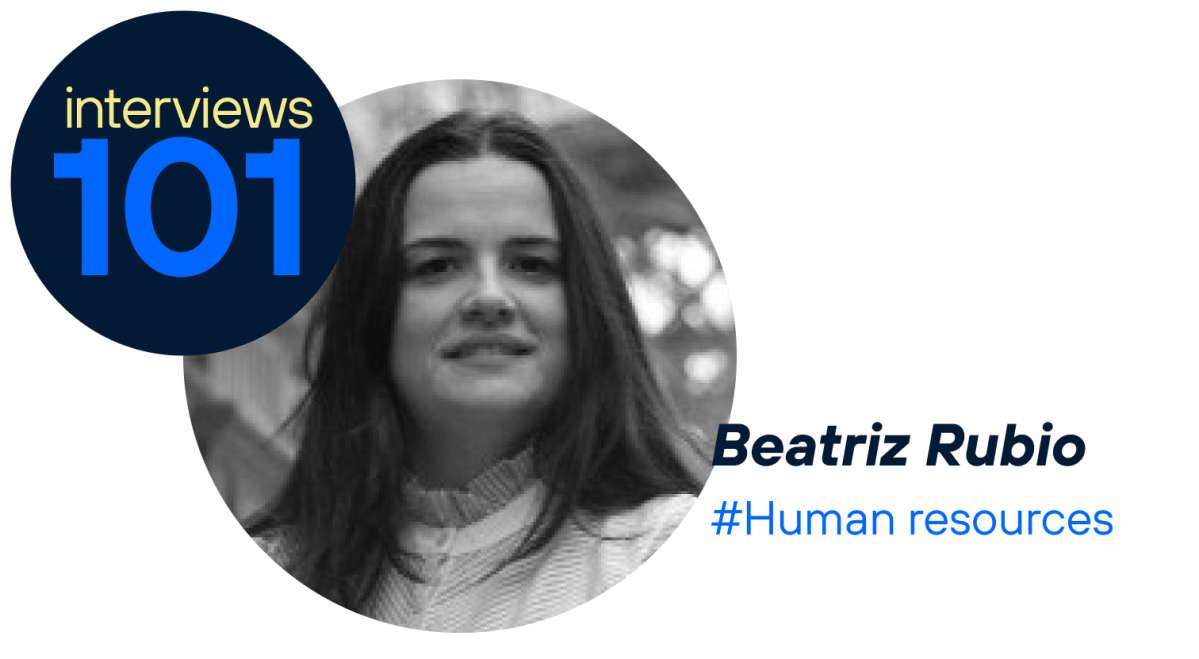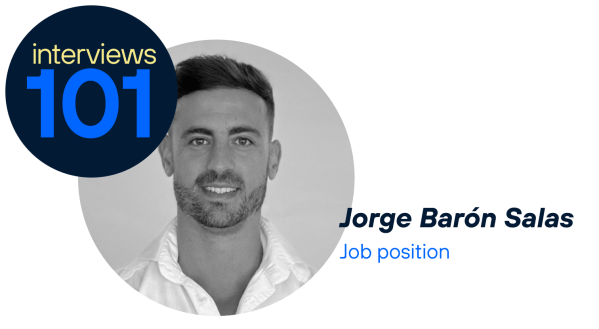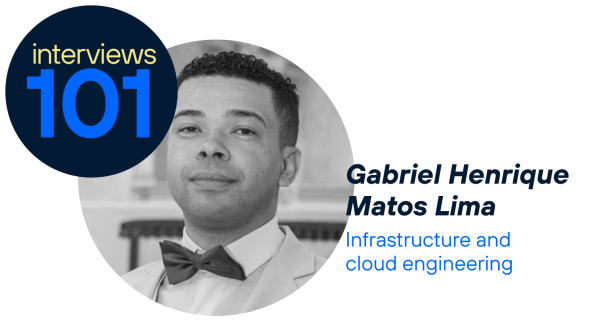Tell us a little about yourself. What does your job at Telefónica involve?
My name is Beatriz and for more than 20 years I have had the privilege of working in the Human Resources area in different organisations, always with a very people-centred approach.
Now I am facing a new challenge within the Telefónica Group, as head of the People area at Fiberpass, the new joint venture between Telefónica Spain and Vodafone Spain, where I will have the opportunity to create the people area, the talent strategy and organisational culture from scratch.
My job is to ensure that each HR process (from talent recruitment to internal communication) is not only efficient but also aligned with the personal and professional development of employees.
I have had the opportunity to participate in key projects such as the creation of Bluevia from scratch, in which we not only built a new company, but also defined its organisational culture from the beginning, ensuring that each person who joined felt that they were part of something special.
I also participated in the integration of Iberbanda into Telefónica, and in the implementation of development plans based on skills, always with a focus on facilitating the growth and well-being of people in the organisation.
In addition, my role as a coach and mentor allows me to accompany professionals in their evolution processes, helping them to discover their best version and to align their development with the objectives of the business.
What relationship is there between recruitment and talent?
Recruitment and talent are totally connected. In the end, recruiting is not just about filling vacancies, it’s about finding the right people for each role and team. It’s about identifying those who not only have the experience and technical skills, but also the potential and values that fit with the company culture.
A good selection process not only looks for talent, but connects it with the strategy and needs of the business.
Good selection is key to the future development of talent in the company.
What phases or stages should personnel selection follow?
From my experience, I think that for selection to be effective, there are several key phases:
- Define the profile properly. Before looking for candidates, you need to be clear about what the company needs, what functions the position will cover and what skills are key.
- Attracting talent. It is not enough to publish an offer, you also have to work on the employer brand and active search strategies.
- Evaluating candidates. Interviews, technical tests, assessment centres… The important thing is to combine tools to get the full picture.
- Decision-making and making an offer. Choosing the most suitable candidate and making them an attractive offer.
- Onboarding. Integration is key. A good welcome process ensures that the person adapts quickly and commits to the company.
What are the most effective methods of recruitment?
For me, the most valuable tool is the interview. Beyond any technical test or structured process, it is the best way to really get to know a candidate. A well-conducted interview not only allows us to assess experience and skills, but also helps us to detect key competencies, attitudes, motivations and cultural fit.
The key to a good interview is active listening. It is not just about asking questions and receiving answers, but about knowing how to interpret what the candidate is conveying, both with their words and with their non-verbal language. Through the interview we can evaluate aspects that no test or algorithm can measure, such as the ability to adapt, emotional intelligence or the level of commitment.
Even so, combining the interview with other tools gives better results:
- Assessment Centres. These allow us to see how candidates perform in real situations.
- Technical and situational tests. These help to verify whether the person really has the knowledge they claim to have.
- Assessment of cultural fit. It is essential that the person is not only good at their job, but also fits in with the way the company works.
What processes should be followed in the recruitment process?
Beyond the technical phases, there are other key processes such as alignment with the company’s strategy, the candidate’s experience (so that they have a positive image of the process) and the constant evaluation of the selection process itself in order to improve it.
Is it possible to measure the success of a recruitment process?
Yes, and in fact it is essential to do so. Some ways to measure it are:
- Time taken to fill vacancies. If the process is too long, something is going wrong.
- Quality of recruitment. How well the new employee adapts and how they perform in the first few months.
- Satisfaction of managers and candidates. An efficient process leaves a good impression on everyone.
- Early turnover. If someone leaves early, it is a sign that something went wrong in the selection or integration process.
How can the accuracy of recruitment be improved?
By listening better and using more precise tools. The combination of technology, assessment centres and well-structured interviews helps a lot. But, above all, it is key to understand what motivates each candidate and not just focus on their previous experience. Technology helps optimise processes, but the human component is still fundamental. There are aspects such as attitude, motivation and potential for development that cannot always be evaluated with algorithms or parameters, so the intuition and judgement of recruitment professionals are still key.
How do you manage to detect the best talent?
The best talent is not always the one with the most experience or the best CV, but rather the one that shows a desire to learn, the ability to adapt and a commitment to the project. Detecting it involves asking the right questions, understanding what candidates are looking for and evaluating beyond the technical. This is where the observation and sensitivity of the Recruitment Specialist play a key role, as there are human aspects that are not reflected in a CV or a technical test.
And what can be done to attract them?
Nowadays, candidates are not only looking for stability or financial benefits, they are also choosing projects that motivate them and challenges that keep them active. They want to learn, contribute and feel part of something bigger. They do not see themselves in a static position with endless hours in an office, but in roles where they can evolve and where their work has a real impact.
To attract talent, you have to offer growth, development, flexibility and an environment where work is valued.
The employer brand plays a key role; if the company has a good reputation, attracting talent will be much easier.
In addition, the human touch during the selection process is a differentiating factor; a candidate who feels well treated from the first contact will be more interested in joining the team.
Companies that understand this new reality are the ones that manage to attract and retain the best talent.
How does the evolution of technology help in the selection of personnel and the recruitment of talent?
Technology has completely changed personnel selection. From recruitment platforms to artificial intelligence to analyse profiles, it is now easier and faster to manage large volumes of candidates. Tools such as online tests have also made selection more dynamic.
However, I believe that, although technology streamlines processes and improves efficiency, it cannot replace the human factor. Talent selection is not just a question of data, but of emotions, values and expectations. The final decision.
Which Telefónica employee would you nominate for this interview who you consider to be excellent at their job?
I nominate David Osado Cañadas and Maite Marrupe Azcargorta.










